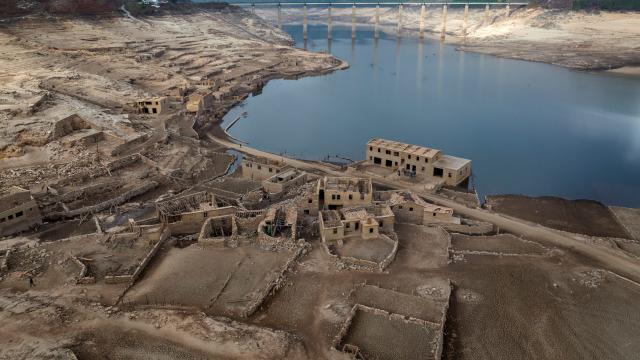In Spain, a modern-day Atlantis has become visible — and it’s a particularly depressing sign of climate change.
In 1992, the Spanish village of Aceredo, located in the northwestern region of the country on the border with Portugal, was flooded to create the Alto Lindoso reservoir. It’s not uncommon that the reservoir, which is home to a 630-megawatt hydropower plant, drops to levels low enough that some roofs and trees from the old town are visible.
But this winter, during a normally wet season, the reservoir is at only 15% capacity, making water levels so low that the entire abandoned town is exposed — something that has never happened before. Tourists and locals alike have been able to walk through what remains of Aceredo.
‘I Have a Feeling of Sadness’
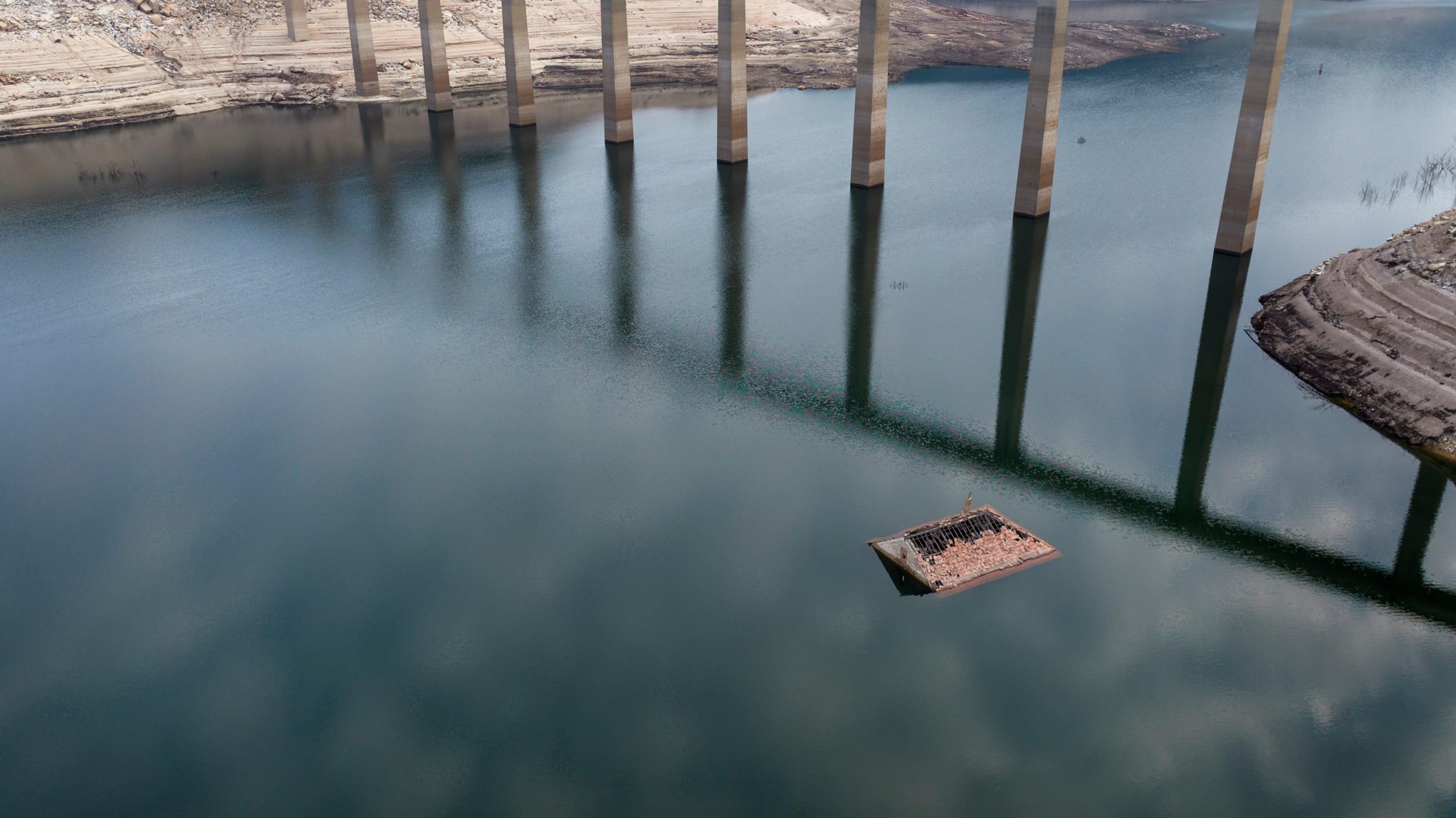
“It’s as if I’m watching a movie. I have a feeling of sadness,” 65-year-old Maximino Perez Romero, who lives in the city of A Coruña, told Reuters. “My feeling is that this is what will happen over the years due to drought and all that, with climate change.”
Droughts Now Happening More Frequently
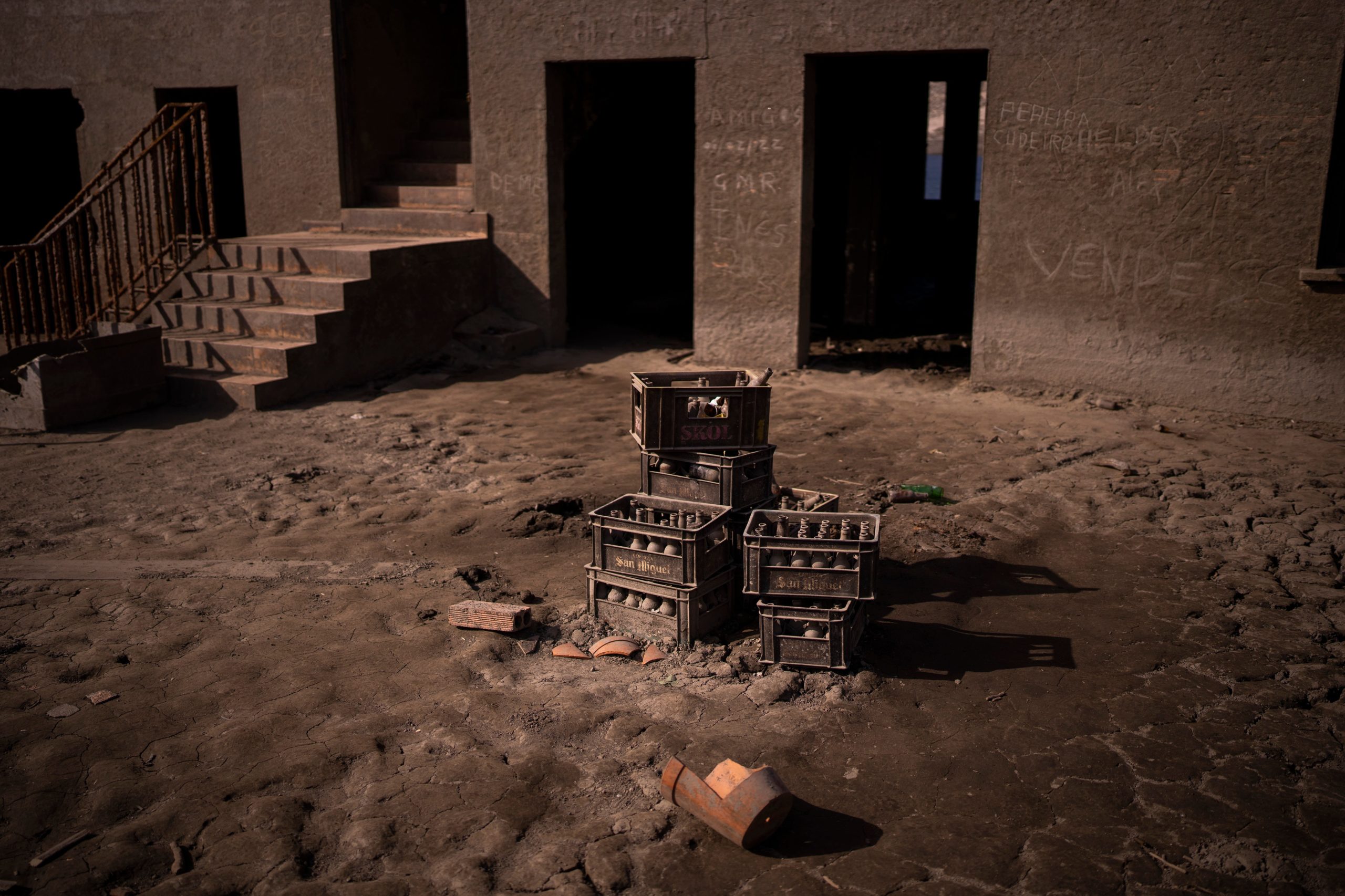
Droughts are becoming more frequent thanks to climate change. In a bombshell report issued last year, the Intergovernmental Panel on Climate Change found that extreme droughts that used to happen once a decade are occurring much more frequently.
Spain’s Wet Season Is Very Dry This Year
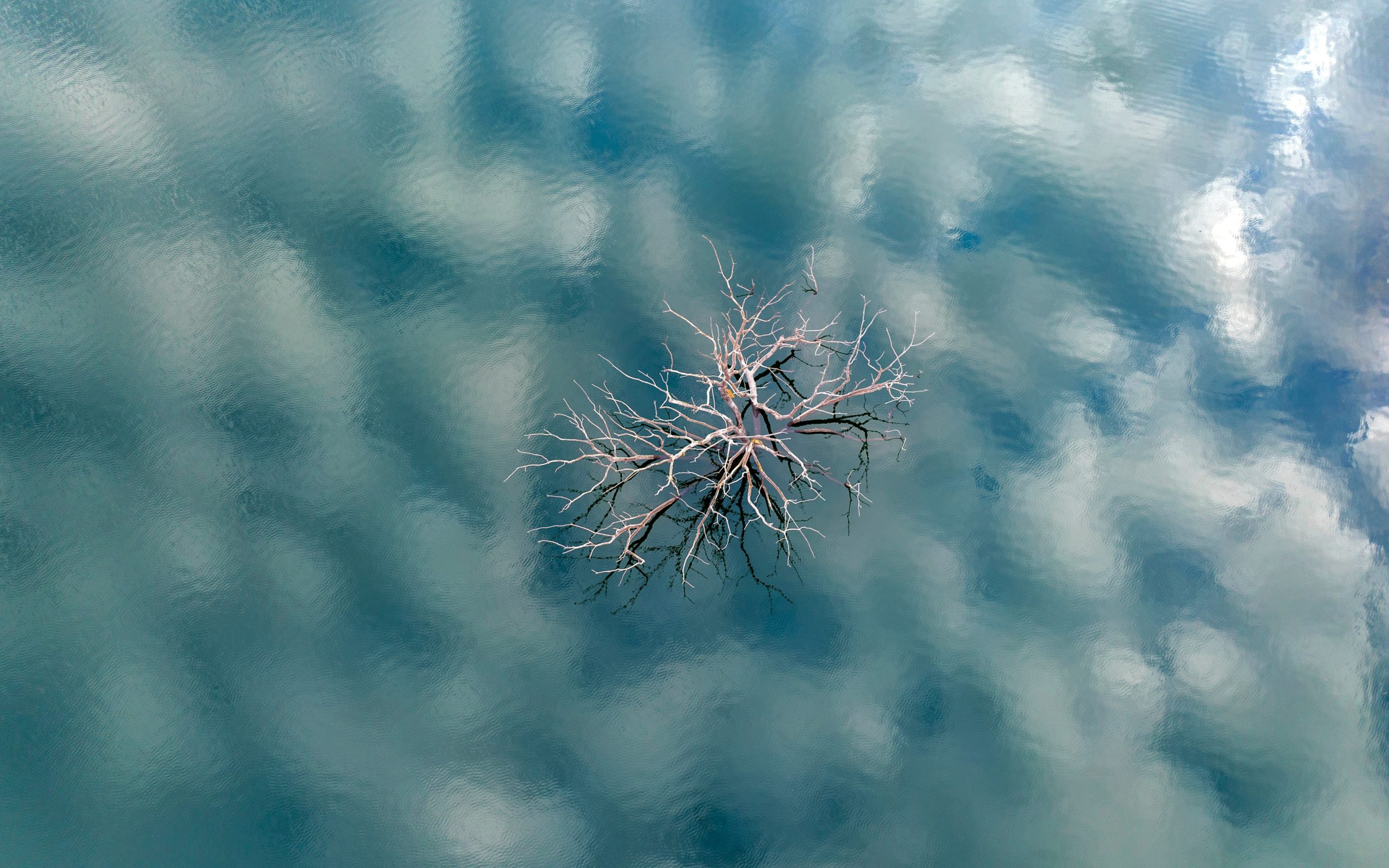
Spain is in the middle of a worryingly dry and hot winter, which is usually a wet season in the country — about 75% of Spain’s yearly rainfall total falls between October and April. The country’s meteorological agency said that it has rained 36% less than average since October. Last month, meanwhile, was one of the driest Januarys on record, with the average daily high hitting 2.1 degrees Celsius hotter than usual for the month.
‘Part of the Context of Climate Change’
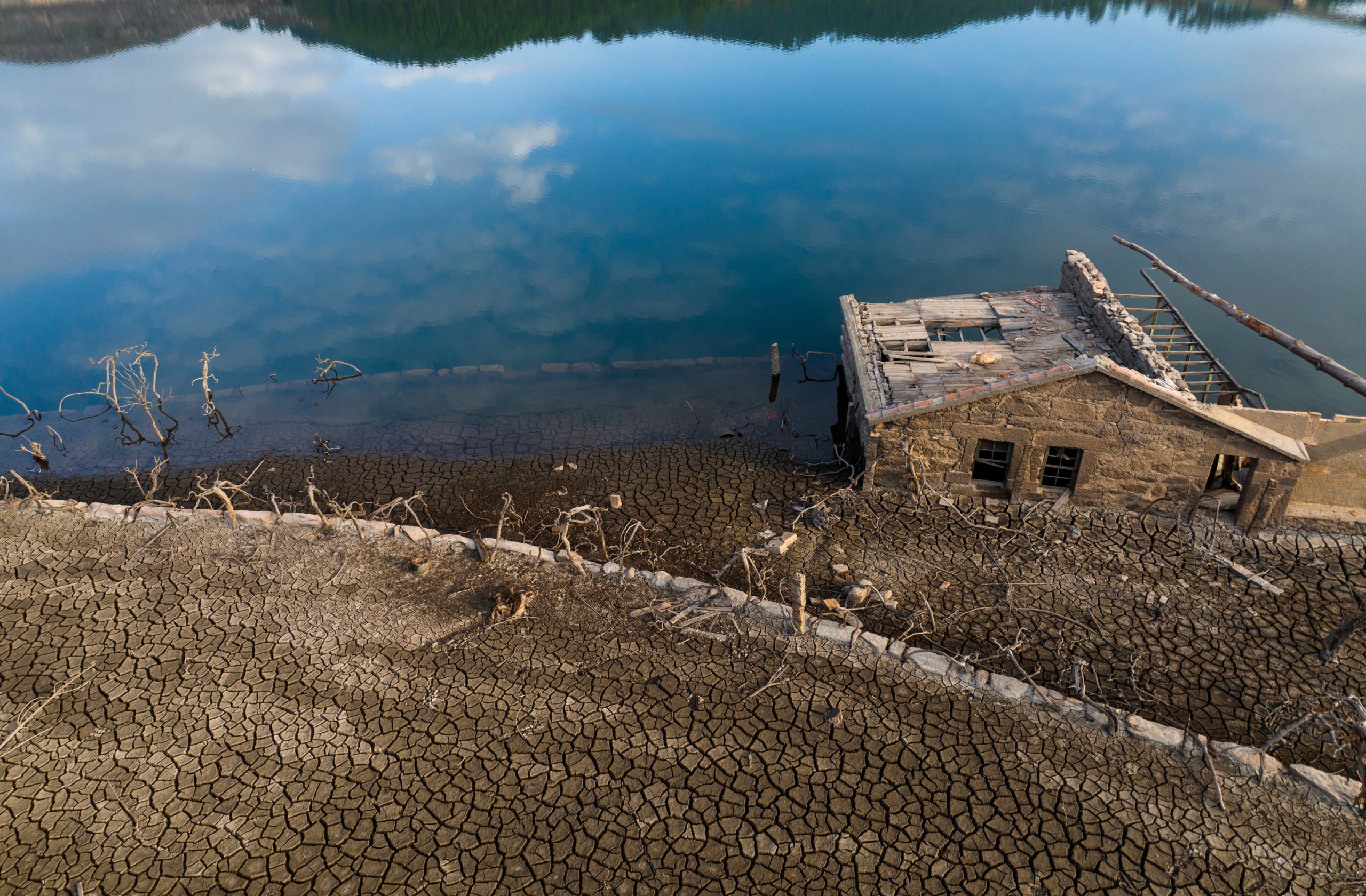
Over the border, Portugal is also going through extreme conditions: 45% of the country was under extreme or severe drought conditions at the end of January, the national weather agency said.
“It’s part of the context of climate change,” Portuguese climatologist Vanda Pires told EuroNews of the drought in the region.
Some Reservoirs in Trouble
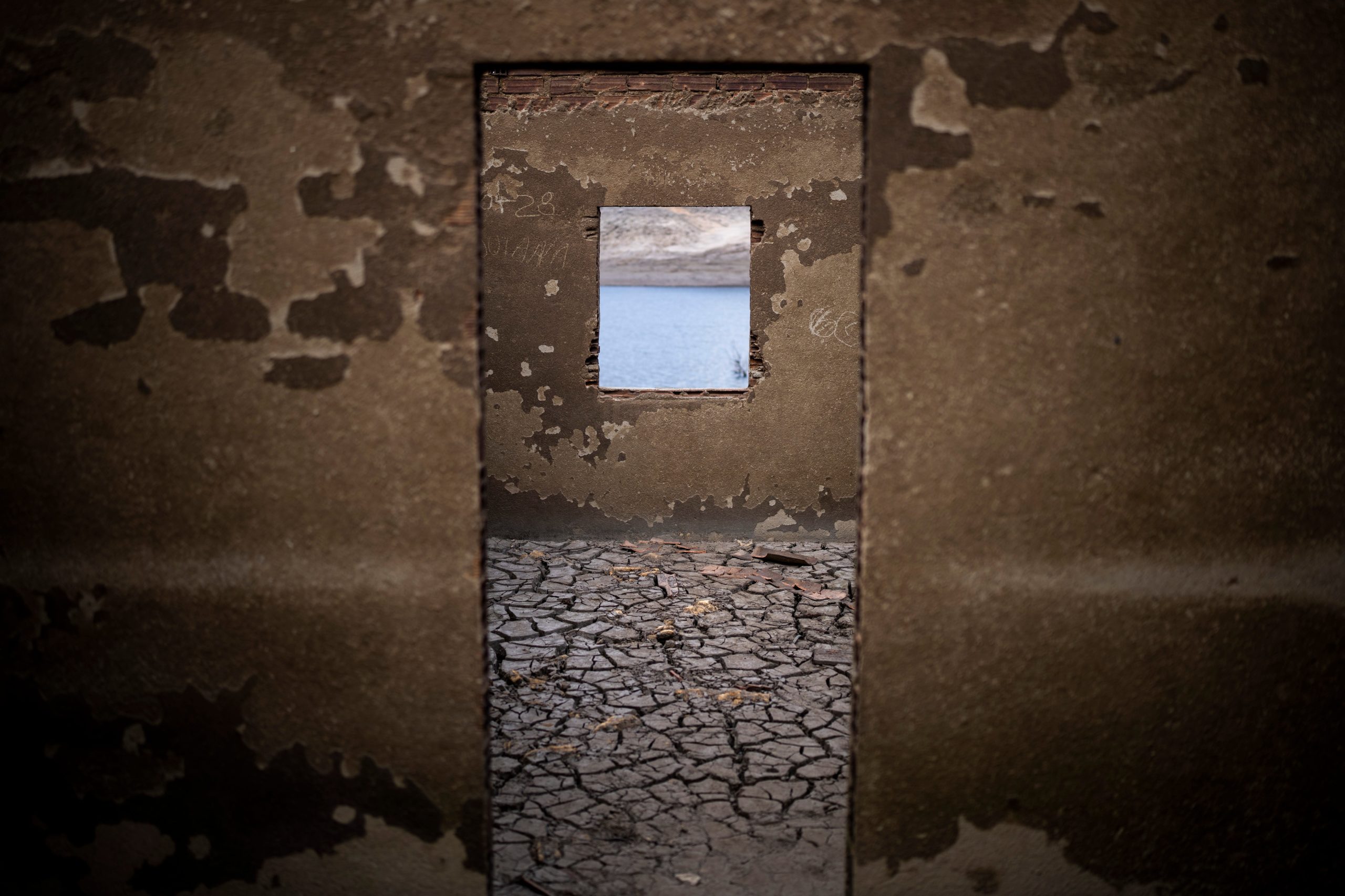
Spain’s reservoirs overall are 44% full, officials say — significantly lower than the 61% average of the past 10 years, but higher than levels seen during Spain’s 2018 drought. But rainfall has been hitting the country unevenly, with some regions seeing far less rain than others. In the fall, officials issued a drought declaration for the Andalusia region, which sits at Spain’s southern tip on the Mediterranean. The Guadalquivir reservoir in Andalusia is at just 29% of its total capacity.
A Parched View From Space
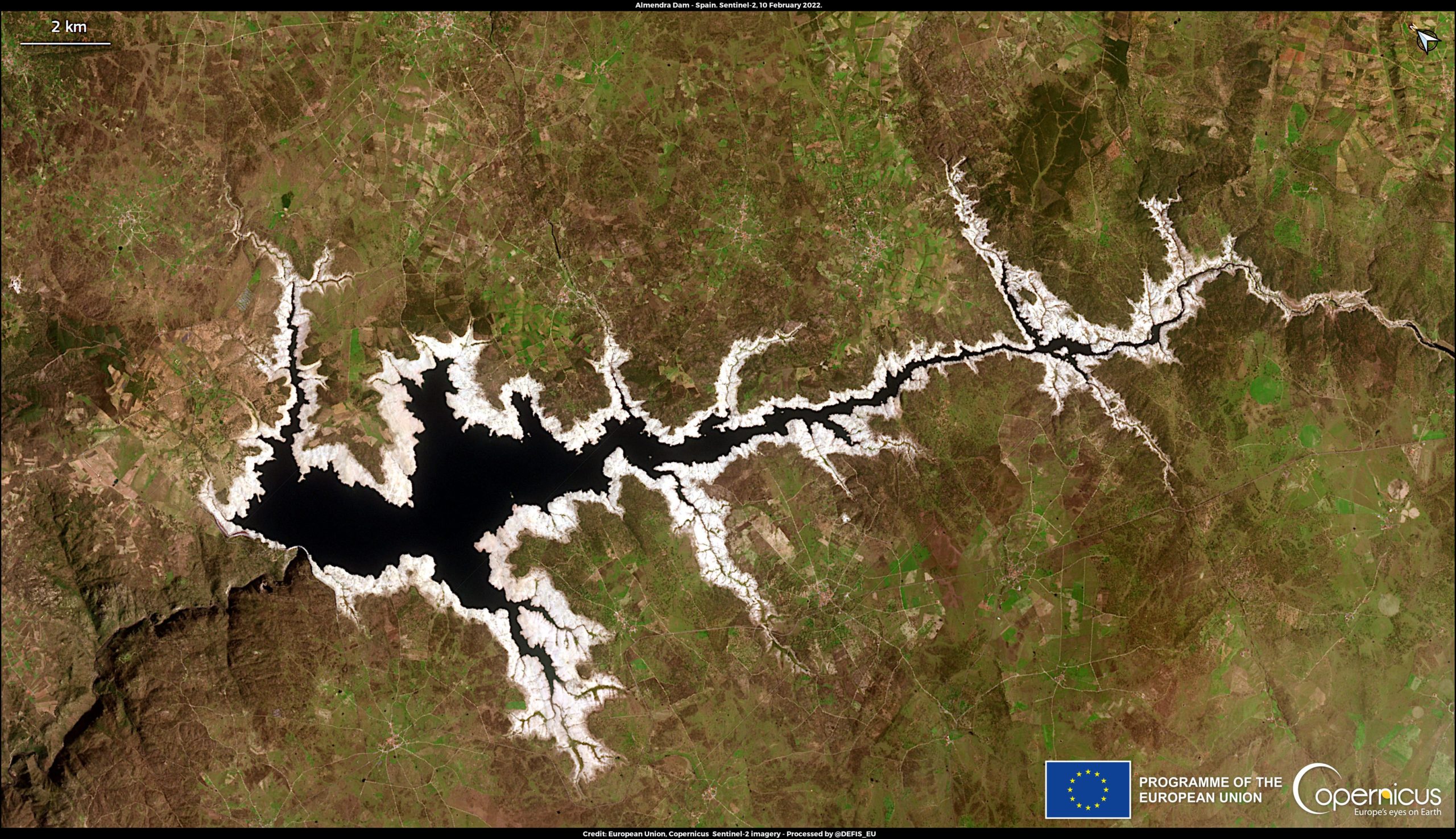
This satellite photo shows the Almendra reservoir, which sits in the western part of Spain on the border of Portugal. This reservoir, which is the third-largest in Spain, is currently at less than 40% of its capacity.
Some Possible Water Overuse
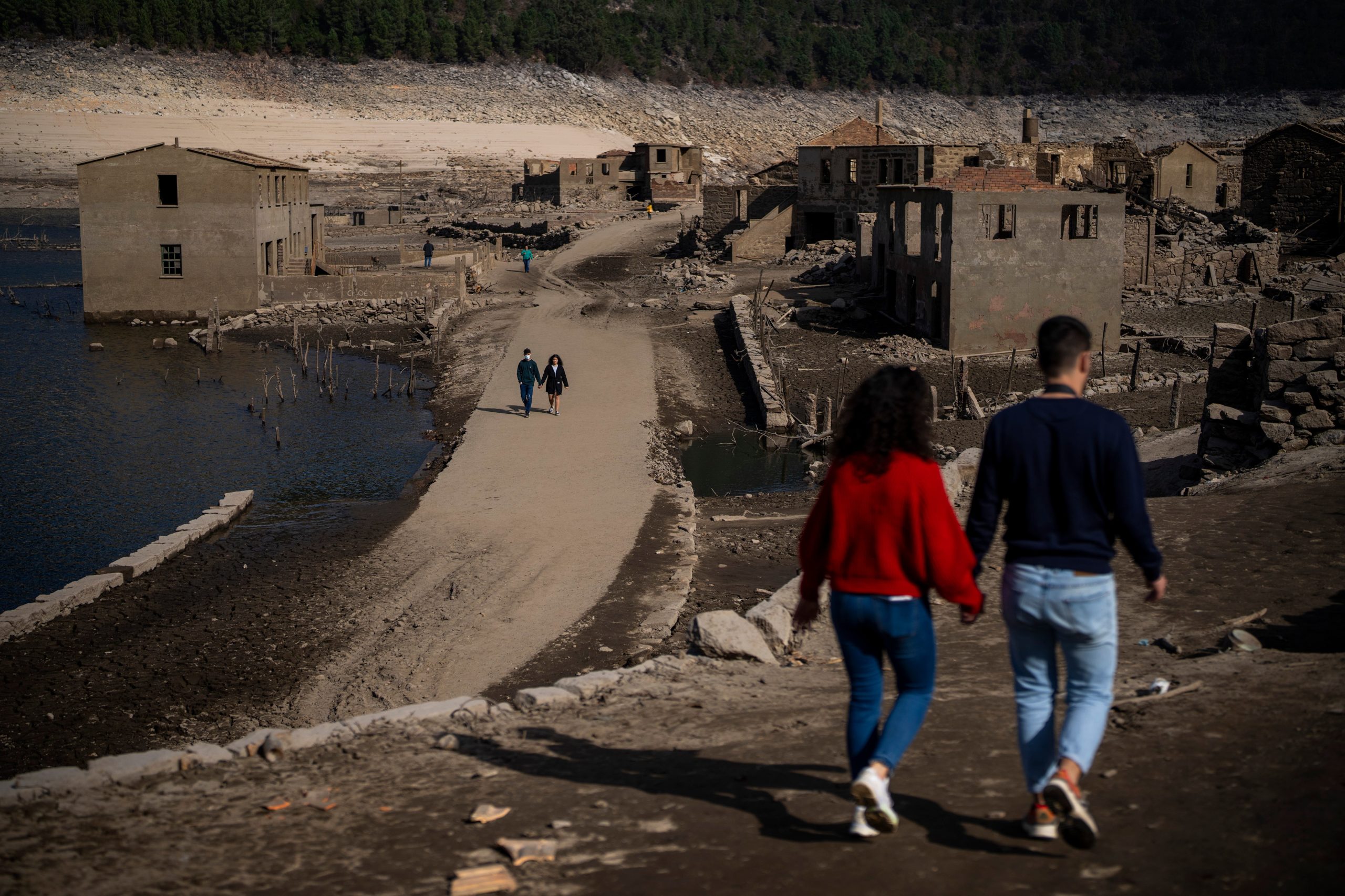
The drought and lack of rainfall may not be the only reason the reservoir’s levels are so low. Maria del Carmen Yanez, a local official in the area, told Reuters that part of the blame for the low water levels rests with Portuguese power utility EDP, which runs the reservoir and hydropower plant. Yanez said there had been “quite aggressive exploitation” of the water resources by EDP.
‘It’s So Sad’
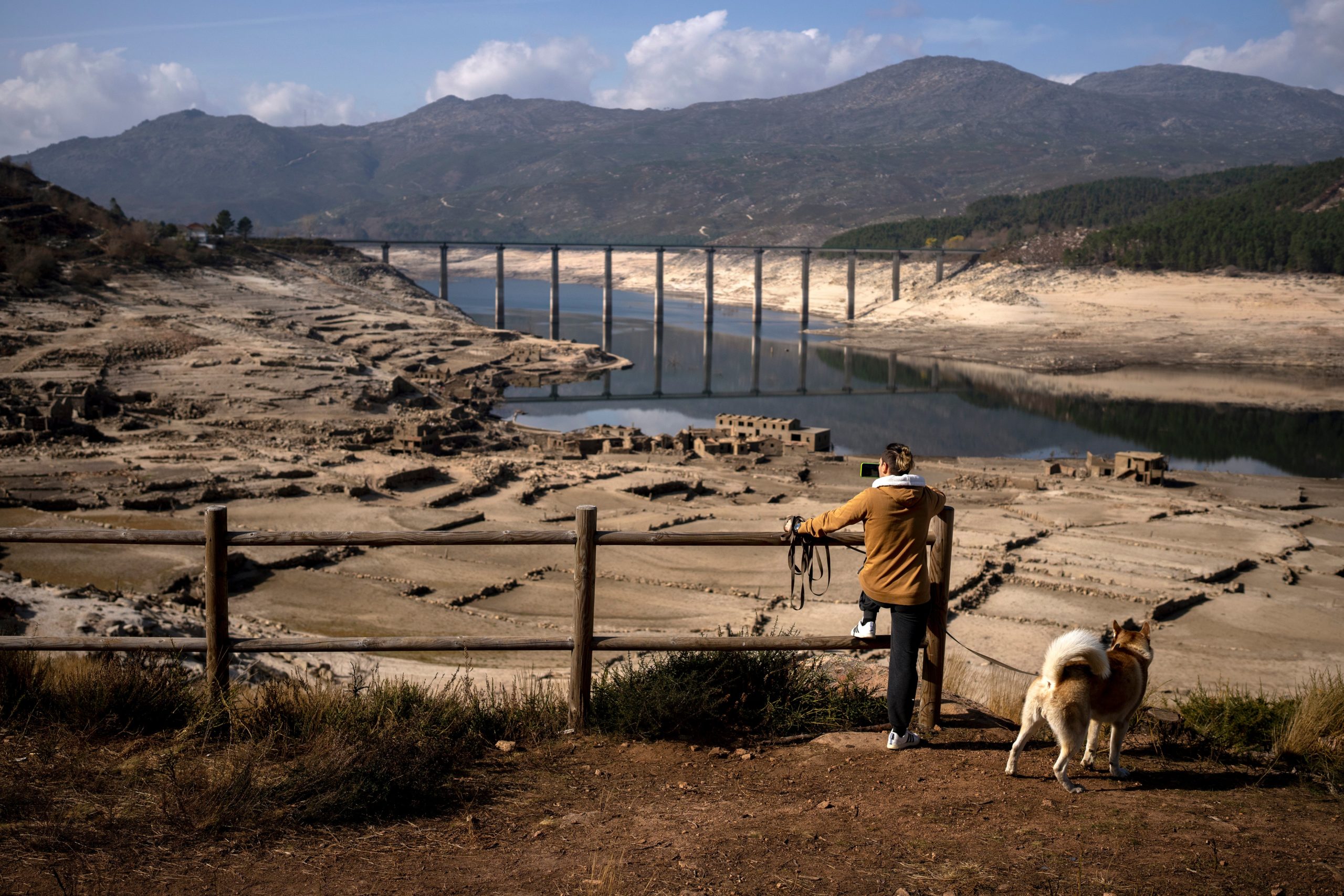
“The whole place used to be all vineyards, orange trees. It was all green. It was beautiful,” former resident José Luis Penín, 72, told Euro News. “Look at it now. It’s so sad.”
